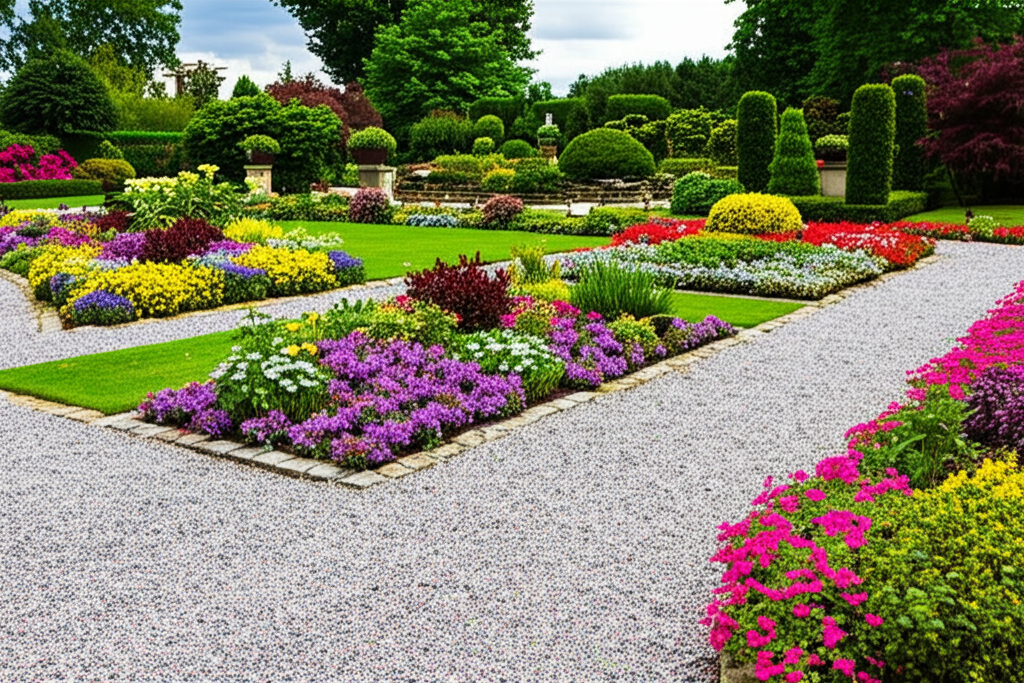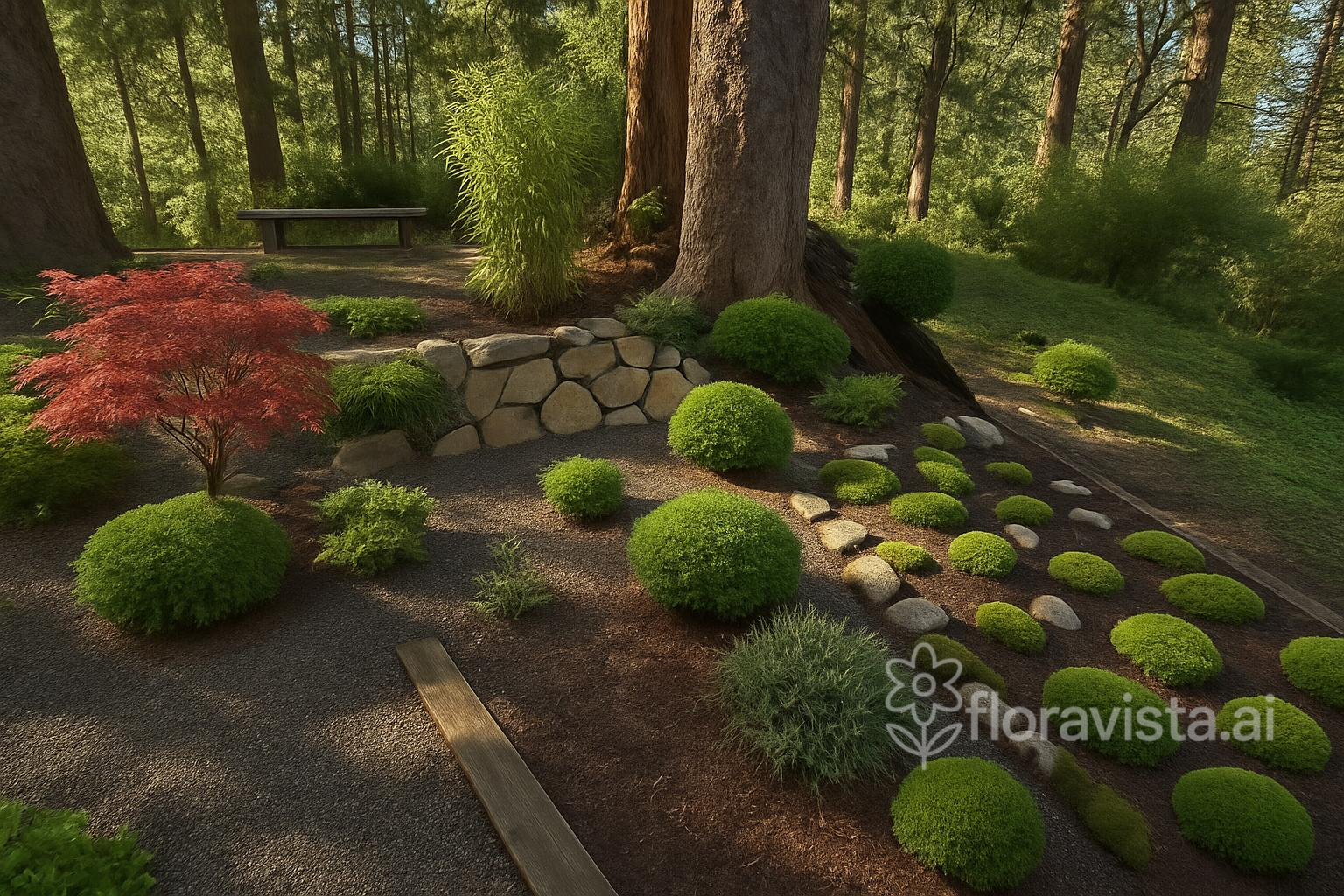DIY Landscape Design: Expert Tips for Transforming Your Outdoor Space

Creating a beautiful landscape doesn't always require hiring a professional designer. With the right approach, tools, and knowledge, you can transform your outdoor space into a stunning landscape that reflects your personal style and meets your family's needs.
Understanding Your Space: The Foundation of Good Design
Before you start selecting plants or hardscaping materials, take time to thoroughly analyze your property:
- Assess sun patterns - Track how sunlight moves across your yard throughout the day and across seasons. This information is crucial for plant selection and placement.
- Identify microclimates - Your property likely has areas that are warmer, cooler, wetter, or drier than others. Recognizing these microclimates helps you place plants where they'll thrive.
- Evaluate soil quality - Conduct a simple soil test to determine your soil type and pH level. This information will guide your plant choices and soil amendment needs.
- Note existing features - Document elements you want to keep, remove, or work around, including trees, structures, and views you want to highlight or screen.
Creating a scaled drawing of your property with these observations will serve as your design foundation.
Defining Functional Zones: The Backbone of Your Design
Effective landscape design divides your outdoor space into functional zones based on how you'll use different areas:
- Public zone - The front yard and entrance area that creates curb appeal and welcomes visitors
- Private zone - Backyard areas for family relaxation, entertainment, and recreation
- Service zone - Utility areas for garbage bins, compost, garden sheds, etc.
Within these broader zones, identify specific activity areas such as dining spaces, play areas, vegetable gardens, or meditation spots. This zoning approach ensures your landscape serves your lifestyle needs while maintaining visual harmony.
Creating Visual Interest: Design Principles for Amateurs
Professional designers rely on several key principles that you can easily apply:
Unity and Harmony
Create cohesion by repeating elements throughout your landscape. This could be through consistent materials, a limited color palette, or repeated plant varieties. For example, if you use cedar for your deck, incorporate cedar in planters or garden structures elsewhere in the yard.
Balance and Proportion
Balance refers to the visual weight of landscape elements. You can create:
- Symmetrical balance - Mirroring elements on either side of an axis (formal approach)
- Asymmetrical balance - Different elements that have equal visual weight (more natural approach)
Proportion ensures elements are appropriately sized relative to each other and your home. Avoid tiny plant groupings against a large house facade or massive trees that overwhelm a small property.
Rhythm and Movement
Create visual flow by guiding the eye through the landscape with:
- Repeated elements at regular intervals
- Gradual transitions between areas
- Curved pathways that invite exploration
Focal Points
Every good design includes strategic focal points that draw attention. These could be:
- A specimen tree with interesting form or foliage
- A water feature
- A piece of garden art or an architectural element
- A colorful plant grouping
Limit focal points to avoid visual chaos—one primary focal point per view is a good rule of thumb.
Plant Selection: The Right Plant in the Right Place
Plants are the living elements that bring your landscape to life. Follow these guidelines for successful plant selection:
Consider Maintenance Needs
Be honest about how much time you want to spend maintaining your landscape. If you're looking for a low-maintenance yard:
- Choose native plants adapted to your region
- Select disease-resistant varieties
- Group plants with similar water needs (hydrozoning)
- Use mulch to suppress weeds and retain moisture
- Consider the mature size to avoid excessive pruning
Create Year-Round Interest
Select plants that provide visual appeal across seasons:
- Spring-flowering trees and bulbs
- Summer-blooming perennials
- Fall foliage and berries
- Winter interest through bark texture, evergreens, and structural elements
Layer Your Plantings
Professional landscapes have depth created through layering:
- Tall layer - Trees and large shrubs for structure and backdrop
- Middle layer - Medium shrubs and tall perennials
- Ground layer - Low-growing plants, groundcovers, and hardscaping
Hardscaping: The Permanent Framework
Hardscaping elements provide structure and functionality to your landscape:
Pathways and Circulation
Well-designed paths should:
- Connect logical points (entry to door, house to garden, etc.)
- Be wide enough for comfortable use (main paths at least 4 feet wide)
- Use materials that complement your home's architecture
- Include gentle curves for visual interest when appropriate
Patios and Decks
When designing outdoor living spaces:
- Size them appropriately for your furniture and activities
- Consider proximity to the house for convenience
- Think about privacy, views, and sun exposure
- Choose materials that are durable in your climate
Walls and Fences
These elements can:
- Define spaces and create rooms within your landscape
- Provide privacy and security
- Serve as windbreaks
- Create visual interest through material and design
Implementing Your Design: A Phased Approach
Few homeowners can implement an entire landscape design at once. A phased approach allows you to:
- Spread the cost over time
- Learn as you go and adjust plans if needed
- Tackle manageable projects that you can complete successfully
A logical sequence might be:
- Address drainage issues and install irrigation if needed
- Implement hardscaping elements
- Install trees and large shrubs
- Add smaller plants and finishing touches
Tools and Resources for DIY Designers
Take advantage of these resources to enhance your DIY design process:
- Design apps and software - Tools like FloraVista can help you visualize your landscape before you start digging
- Local extension offices - Provide region-specific plant recommendations and gardening advice
- Botanical gardens - Offer inspiration and examples of plants thriving in your climate
- Nursery professionals - Can provide expert advice on plant selection and care
Conclusion: Your DIY Design Journey
DIY landscape design is both an art and a science. By understanding the principles professionals use and applying them to your unique space, you can create a landscape that enhances your property and brings joy for years to come.
Remember that landscapes evolve over time. Be patient, observe how your garden grows, and be willing to make adjustments as needed. The most rewarding landscapes are those that develop and improve with each passing season.
Ready to start your landscape transformation? Try FloraVista's AI-powered design tool to get professional-quality design ideas tailored to your specific outdoor space.

